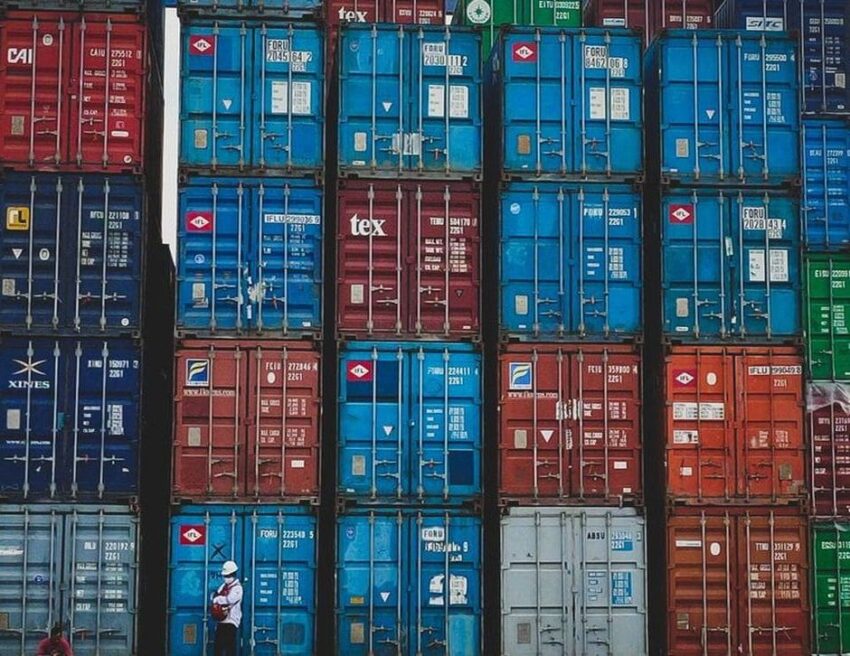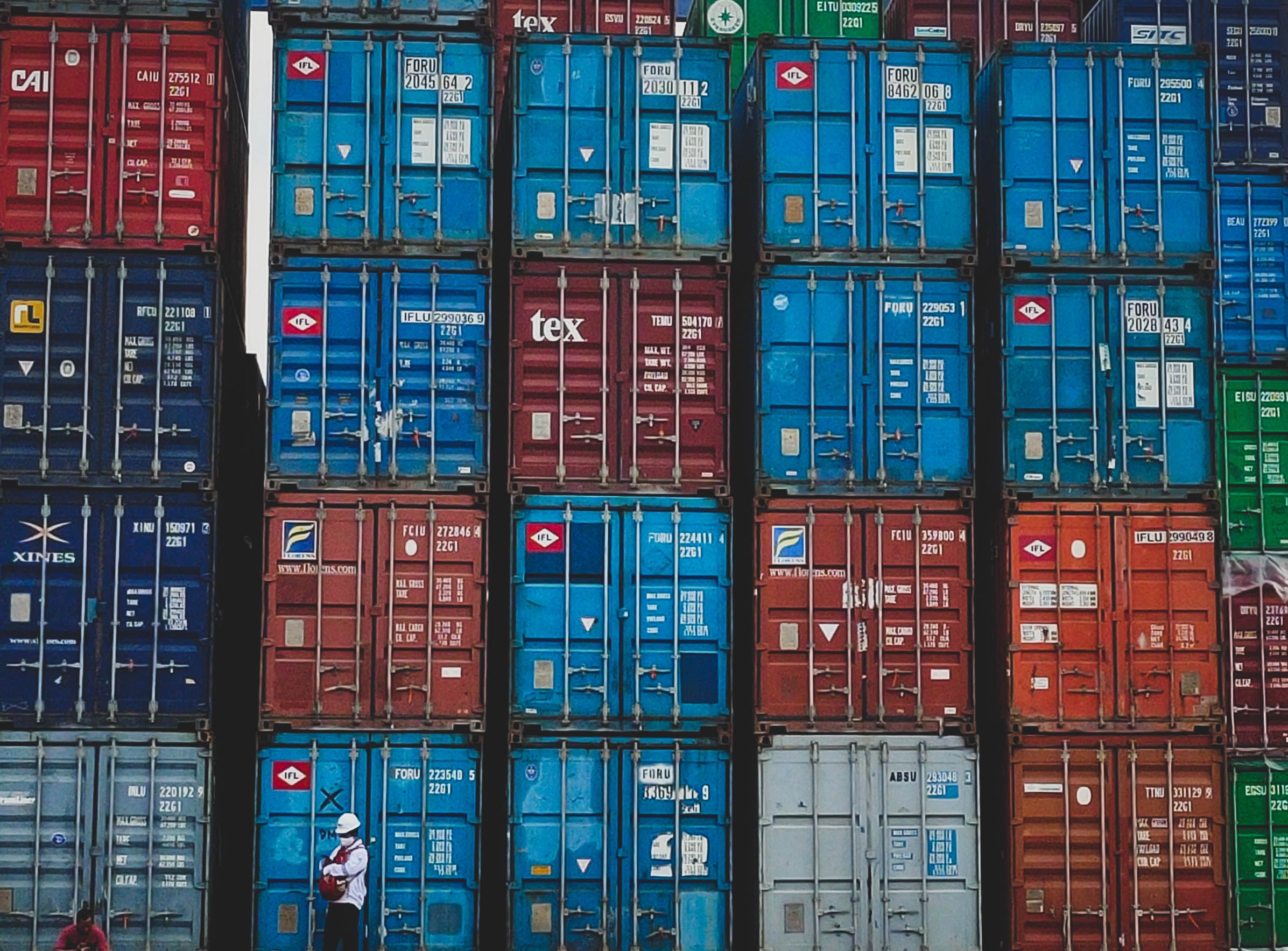The sea freight industry is presently undergoing a drop in ocean freight rates because of a fall in consumer demand. Although this had been predicted a while back by maritime experts, the rate of fall is much steeper than previously anticipated. In fact, the logistics companies have reported a drop in ocean freight orders by 20% in the months of September and October. In today’s post, we will take you through the current trends in the sea freight sector and the reasons behind the drop in freight rates.
The drop in sea freight rates and the trend of blank sailings
To prevent a further drop in freight rates the shipping lines are tactically cancelling their sailings so as to match the vessel capacity with orders. They are hoping that a rise in the number of orders in the coming weeks will put an end to the price fall. This trend of blank sailings might continue up to 2023 when the Chinese New Year in late January will lead to an increase in demand. According to Freightos, the freight rates from Asia to US West Coast dropped by 8% to $2,978 per FEU. This rate is around 82% lower than the freight rates from last year. Similarly, the freight rates from Asia to US East Coast are presently 63% lower than the rates around this time in the previous year.
Additionally, another important factor behind the blank sailing is the outbound tender rejections. A large number of tender rejections points to lower capacity. As stated by Kevin Hill from FreightWaves, “Right now we are tracking at 2019 levels and are down 80% from where we were a year ago. Looking at spot rates excluding fuel surcharges, we are currently 31% below where we were last year.” Moreover, the congestion on the US East Coast and the ongoing impact of Hurricane Ian will further complicate the problem of blank sailing. For example, in the Port of Savannah, not a single ship has called since 29th October and this latest disruption of shipping operations will further worsen the situation.
Explaining the drop in ocean freight rates
The sea freight rates of cargoes leaving China have slumped to a record low in over two years. This is indeed bad news for the shipping lines that have been making tremendous profits since the pandemic started. A 40- foot shipping container from the Port of Shanghai to the Port of Los Angeles is now costing $3,779. This is the first time in two years that the spot rates have gone down below $4000. Moreover, the value of exports from China is also slowing down. As a senior manager of container research at maritime research consultancy firm Drewry says, “The demand outlook for the trans-Pacific and container shipping generally is receding quickly…”
Even though October is the peak season for maritime trade, we are seeing a significant drop in the global demand for Chinese goods. This is because customers all over are cutting down their expenditures because of the worldwide inflation. Additionally, the Golden Week Holiday in China that happened in the first week of October has also been a turning point in the latest container shipping trends. According to some experts, the blank sailings can be attributed to the Golden Week. Moreover, the manufacturing units in Europe and Asia are scaling down their production. The economic slowdown in China is also reducing the import demand. For this reason, companies in Europe and Asia are having to deal with a drop in orders from Chinese companies.
In October 2020, the import demand began to spike in the USA. This led to a long queue of vessels of the southern California coast which reached a record high of 109 ships earlier in 2022. However, in the last week of September, the queue of vessels to enter the Port of LA and Long Beach just had eight ships.
What the carriers are doing
The shares of Hapag Lloyd reached the lowest since June 2021, while the shares of Maersk have also gone down considerably. The shares of COSCO Shipping Holdings, the biggest carrier of China have reached the lowest in the last 17 months. The continuous fall in rates in the ocean freight industry is becoming a problem for carriers who are now trying to push for signing long-term contracts with customers. For example, Maersk recently stated that it has around 72% of its long-haul shipment volume on contracts.
Long-term contracts will allow the carriers to seal a stable price all round the year. In addition, some shipping lines even want their customers to re-negotiate for discounts. Nevertheless, the contracts are creating a problem for the cargo owners and the freight forwarders who are now complaining about the unfair practice of having to pay twice the value of the current freight rates on contracts. The carriers, on the other hand, want the exporters to send more volume of cargo. Nevertheless, the exporters are not being able to bulk up the cargo volume because of the global economic slump.



